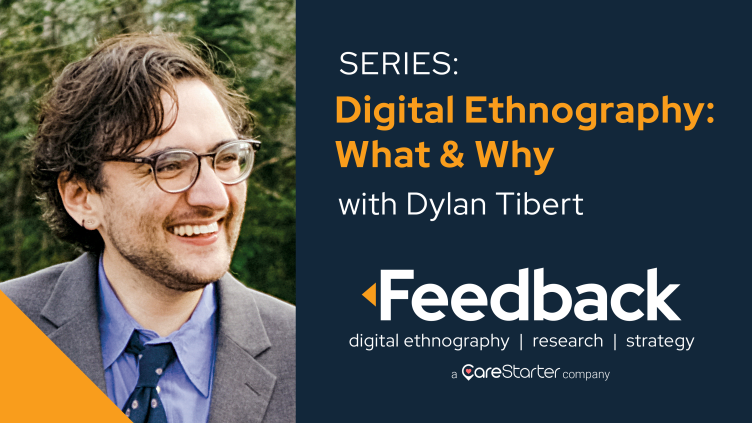
Knowing how to prompt ChatGPT like a sloppy-but-diligent intern for data that must be measured with a few heaping spoonfuls of salt is one thing, a basic skill for a new information age era learnable by many, including our teams of behavioral scientists. But there are limitations, even with pie-in-the-sky visions of advancement, to the depth and breadth of accurate insights all informational tech tools and computational analytics/ models can yield before plummeting into the uncanny valley. Looking beyond those limitations, knowing how to find and disseminate specific human sentiment online and building it into a multi-dimensional dataset, triangulating biases across channels, is another skillset entirely – one that warrants its own expertise, but is exponentially more valuable because of its capacities for depth and breadth without loss of accuracy.
Additionally, the familiarity with the human stories in the data that comes from human-on-the-internet research processes is critical in for adding reflexive, qualitative analytical frameworks to a body of data. It’s vital for translating findings accessibly for broader audiences, solving for specific client questions, and making sense of existing quant datasets grasping at related questions. The skill and value of ethnography as an analytical tool comes from the ability to study and mirror the day-to-day realities of audiences, and the accuracy can be impeccable so long as the many dimension and biases influencing online discussion data can be solved for.
If simply studying humans on the internet by sending humans onto the internet sounds too simple or too good to be true, that’s because it’s not the full picture. If simply being online and qualifying what we read, see, and hear was all that constituted ethnography as an analytical framework, then the great news would be that so many of us are chronically online every day. So why doesn’t it all already make sense to existing leadership and analytics teams? The answer is that human behavior is astronomically complex and irreducible. Just like all analytical frameworks, quality scales with investment in expertise. Strong ethnography warrants scholarly rigor, multi-disciplinary consideration (including playing nice with/integrating tech tools and computational data models), and accessible, actionable, bespoke frameworks for communicating those deep insights without losing nuance.
Surveys alone fall short in the same way most everyone falls short digesting everyday online ecosystems: they often leave out the expert-informed, bigger picture qualitative synthesis, and focus too much on the handful of elicited responses – pieces or islands of data in isolation. This is wildly un-necessary when there’s so much public, candid, unsolicited storytelling out there on the internet to contextualize with. Just like the traditional ethnographic interview, each source of data is only as potent as the framework it is placed in – each insight, contradictory as it may seem with the others in hand, becomes additive and finds its value when it can be qualitatively placed in the bigger picture. When imagining the true potential of data analytics, it’s time to stop pretending quant and qual are oppositional or mutually exclusive – they’re two vital sides of the same coin.
Digital Ethnography What & Why Series – Coming up next:
- Interdisciplinary Perspective – Empirical and Relational Expertise United Through Anthropology
- Digital Ethnography – Adaptive, Reactive, Accessible, Actionable & Resourceful
- Fake News and Hot Takes – Accounting for Bias and Misinformation in Online Data
- Comparison to Surveys, Dashboards, and MRS Types
- Applied Digital Ethnography in Industry – The Bottom Line
